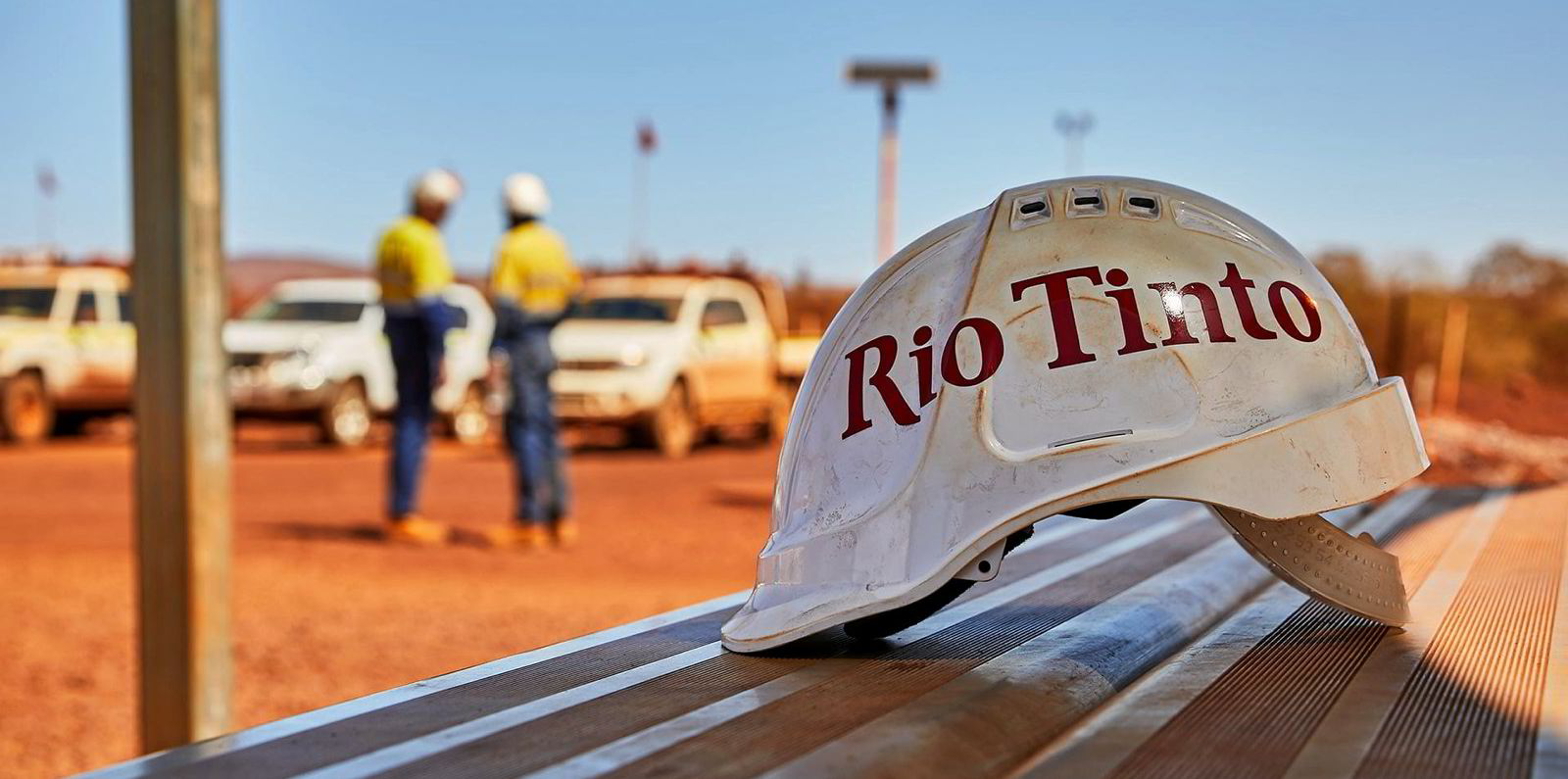Rio Tinto has maintained its guidance for 2024 despite reporting a 10% decline in first-quarter iron ore shipments.
The world’s second-largest miner said it shipped 78m tonnes from its mines in the Pilbara region of north-west Australia in the first three months of the year.
This compares with 86.3m tonnes in the fourth quarter of 2023 and is down 5% on the corresponding period a year ago, figures released on Wednesday show.
“Lower volumes were predominantly the result of weather disruption at the ports, leading to a lower stock draw-down compared to last year, as well as reduced production at the mines,” Rio Tinto said.
Bauxite production of 13.4m tonnes was 11% higher than the first quarter of 2023, with continued improvement in operational stability at its facilities at Weipa and Gove in northern Australia.
“Expectations for Pilbara iron ore shipments in 2024 remain at 323m to 338m tonnes,” the company said. “However, iron ore shipments and bauxite production guidance remain subject to weather impacts.”
Rio Tinto said China’s economic recovery has been uneven, prompting more government support to sustain growth and meet the target of around 5% GDP growth this year.
“The manufacturing sector remains strong, given increased industrial production and exports, while property activity remains weak, despite improved policy support,” it said.
China’s domestic steel demand trended at levels similar to last year, Rio Tinto said, but steel exports rose 30% year on year in the first two months and are likely to remain historically elevated, in turn supporting iron ore demand.
Brazilian mining giant Vale produced more iron ore than expected in its first quarter on better operational performance at its largest mine.
Vale’s S11D mine, in the north, achieved the highest output for a first quarter since 2020, thanks to initiatives taken during the rainy season, the company said on Tuesday.
It reiterated its full-year iron ore production guidance of 310m to 320m tonnes made last December.
On Tuesday, Clarksons Securities reported that capesize rates are continuing their rebound from last week’s lows, with earnings standing at $21,800 per day, up 22.2% week on week.
Forward freight agreement earnings “are also trading up, with the May contract gaining 3.2% to $28,500 per day, while second-half 2024 contracts are trading in the $26,600 to $28,200 per day range”, it said.






